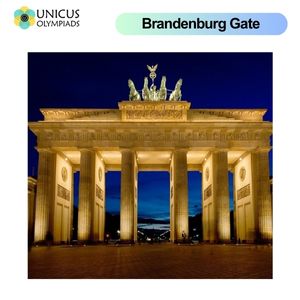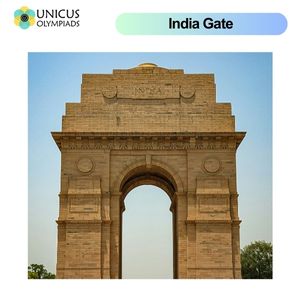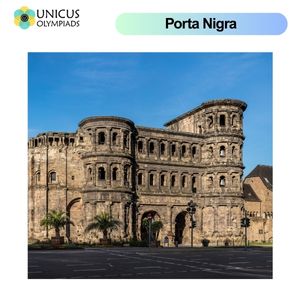

Monuments are structures or statues that are built to honor people, commemorate important events, or serve as symbols of cultural, historical, or religious significance. Monuments vary widely in shape, size, and purpose, and they are often iconic landmarks that represent the heritage of the places where they are located. Below are some common types of monuments, along with examples from around the world.
Towers are tall structures often used for observation, defense, or as symbols of power and architectural achievement. Many famous towers are landmarks and attract tourists worldwide.
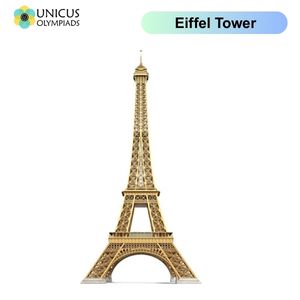
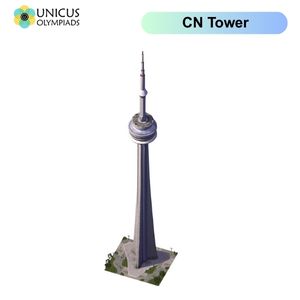

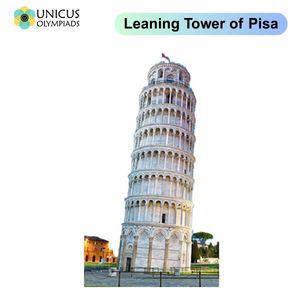
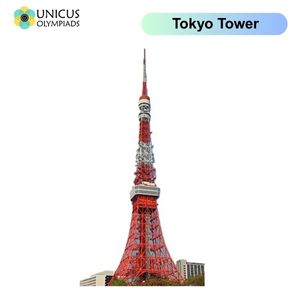

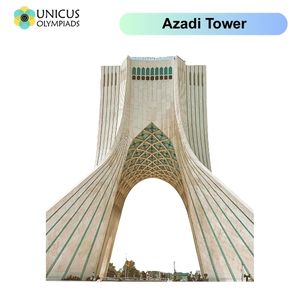
Palaces are grand residences typically associated with royalty, nobility, or heads of state. They often serve as the center of political power or as symbols of wealth and grandeur.
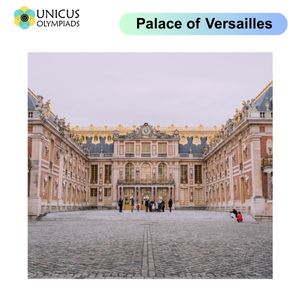
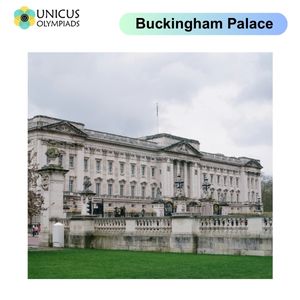
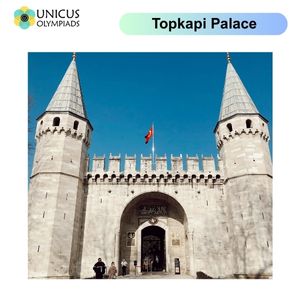
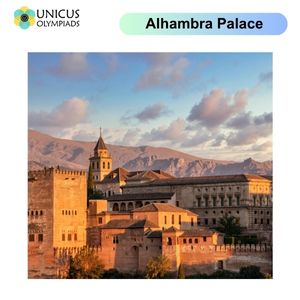
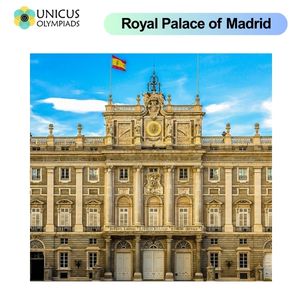
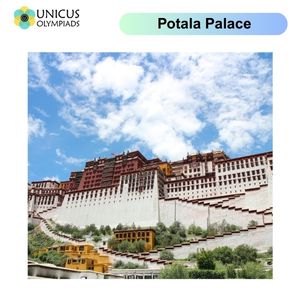
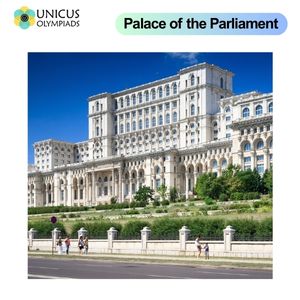
Statues are monumental sculptures typically created to honor important individuals or represent deities, virtues, or historical events. Many statues are considered cultural treasures and are seen as artistic masterpieces.

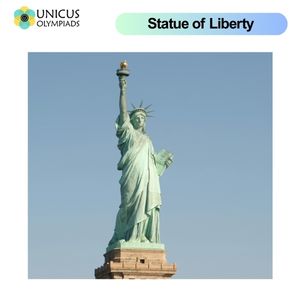
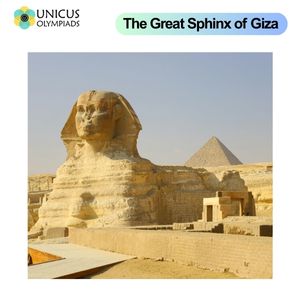
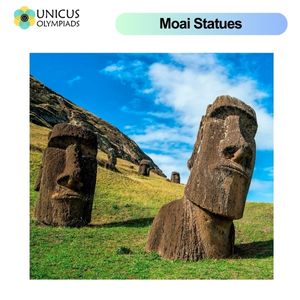


Arches and gates are monumental structures often used to mark the entrance to a city, region, or important site. These symbols represent gateways and transitions and often celebrate important events or people.

